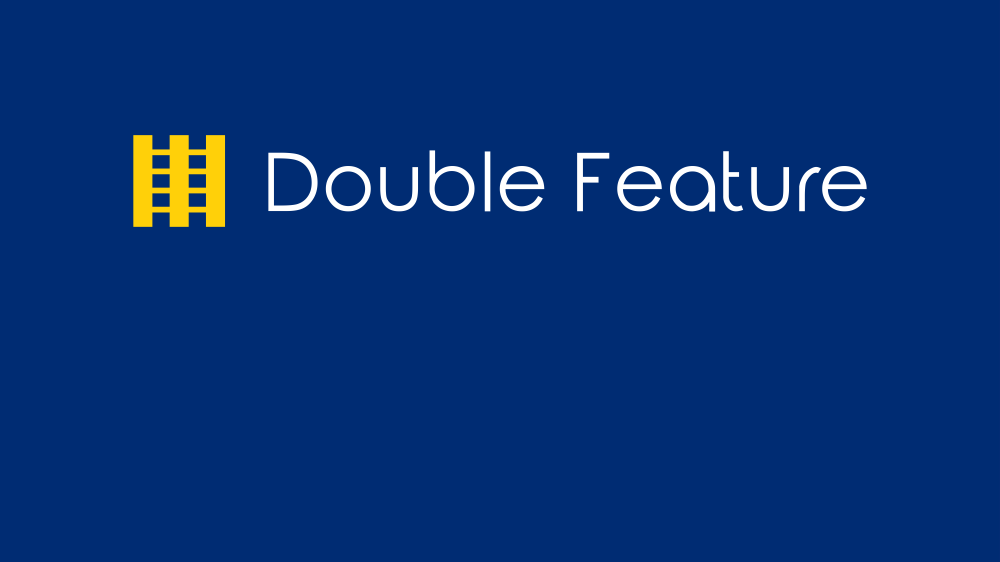

John Du Cane’s rarely shown films are amongst the most pure and radical of their period. In Cross, he uses the drawing of a cross (made without lifting the pencil) as a model for the camera movements and a score for the film. “The films are very physical, they are polyrhythmic and they are patterned in a manner designed to create a very definite way of seeing, of experiencing ... The films are silent to the extent that there is no soundtrack ... I believe films’ light capable of creating sound ... the films are there to be listened to. They are there to be felt." (John Du Cane)

